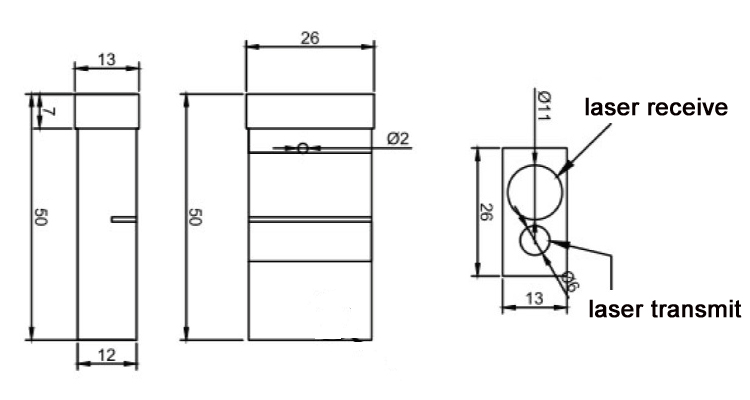Four principles of vegetable rotation
In the process of vegetable planting, vegetable farmers often resort to rotating measures to overcome continuous cropping obstacles and reduce the occurrence of diseases. The following four principles should be followed when arranging vegetable rotations:
According to the different principles of vegetable nutrient requirements, arrange the gargle. The leafy vegetables that require more N fertilizers, the eggplants that require more P fertilizers, and the root vegetables that need more K fertilizers are used to rotate each other. The deep-rooted legumes and eggplants are similar to shallow-rooted cabbages and cabbages. Cucumbers, onions and garlic vegetables are rotated, so that the nutrients in different layers of the soil can be fully utilized. Generally, leaf vegetables with more nitrogenous fertilizers need to be arranged for the more solanaceous vegetables that require more phosphorus.
According to the principle of alleviating soil pH and balancing soil fertility, it is arranged to gargle. If potato and cabbage are grown, the acidity of the soil will increase, and corn and squash will reduce the acidity of the soil. If the acid-sensitive onions are arranged in corn or pumpkin, higher yields and benefits can be obtained. Planting legumes can increase soil organic matter, improve soil structure, and increase soil fertility. The long-term cultivation of some leafy vegetables that require more nitrogen fertilizer will cause the soil nutrients to lose balance and lead to deficiency of vegetables, thus reducing the yield and quality. For example, the long-growing and short-growing vegetables, the ones that need more fertilizer and the ones that need less fertilizer, will be exchanged for planting.
Arrangements for gargle are based on the principle of reducing pests and diseases. Such as cucumber downy mildew, wilt disease, powdery mildew, maggots, etc., on the melons of vegetables have the ability to infect the virus, and even more negative for cucumber, if you change other kinds of vegetables, you can receive the effect of reducing or eliminating pests and diseases. Such as onion and garlic after planting cabbage, can significantly reduce the soft rot. Grain and vegetable crop rotation, paddy-upland rotation, and control of soil infectious diseases are more effective.
According to the strength of vegetables in the inhibitory effect of weeds to arrange gargle. The above arrangement is for vegetables that have a strong inhibitory effect on weeds, and squash can be used to arrange vegetables with poor inhibitory effects on weeds. Some vegetables that grow rapidly or have high cultivation density, long growth period, and large leaf coverage on the ground, such as melons, cabbages, beans, potatoes, etc., have a significant inhibitory effect on weeds; carrots, celery, etc. Slow or leafy vegetables are prone to weed growth. When these different types of vegetables are rotated and cultivated, they can be used to reduce grass damage, increase production, and increase income.
Long distance LiDAR sensor IT03M series are particularly easy to communication thanks to their fixed connector, which can be plugged it up and off by yourself. Voltage is wider from 3.3v before to 3.6v. Low power consumption feature makes it beceome a very competitive, high performance-price ratio, long range Laser Distance Sensor.
Highlights:
> Measurement frequency: 100 Hz (Max 200 Hz)
> High temperatures: -10~+50℃
> UART output
> Connector design: easy to use

Parameters of IT03M:
|
Accuracy |
+/-5cm@ 0.1~2.5m |
|
Measuring Unit |
cm |
|
Measuring Range (without Reflection) |
0.1-15m |
|
Measuring Time |
0.1~3 seconds |
|
Measuring Frequency |
100 Hz |
|
Laser Class |
Class II |
|
Laser Type |
650nm, <1mw, red |
|
Weight |
About 10g |
|
Voltage |
DC2.5V~+3.5V |
|
Serial Level |
TTL 3.3V |
|
Size |
50*26*13mm |
|
Operating Temperature |
0-40 ℃ (32-104 ℉ ) |
|
Storage Temperature |
-25~60 ℃ (-13~140 ℉) |
Speed Laser Sensor,Long Range Lidar,Long Range 3D Lidar,Long Range Radar Sensor
Chengdu JRT Meter Technology Co., Ltd , https://www.cdlaserdistancesensor.com